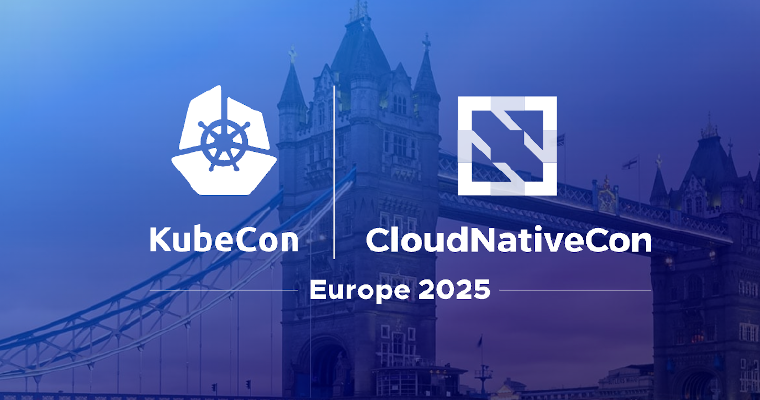Digital transformation often conjures images of cutting-edge technology, sleek software solutions, and futuristic innovations. However, at its core, digital transformation is more about mindset than machinery. The true drivers of this transformation are the psychological and motivational factors that empower an organization to navigate change successfully. A clear understanding of goals and the path to achieving them is essential for maintaining competitiveness in today’s digital age. This clarity and direction stem from human initiative and a collective willingness to embrace necessary progress. As highlighted in a recent article on CIO.com, overlooking these human elements can lead to fundamental change management mistakes that derail transformation efforts.
Embracing Change – it’s a tough one for most people!
Change is often met with resistance. People naturally cling to the familiar, finding comfort in routines and established methods. However, digital transformation demands a willingness to step out of comfort zones and explore uncharted territories. This means fostering a culture of openness and adaptability within your organization.
To cultivate this mindset, leaders must encourage continuous learning and curiosity. Employees should be motivated to question the status quo and seek innovative solutions. By creating an environment where experimentation and failure are seen as opportunities for growth, organizations can break free from the constraints of traditional thinking.
Starting with the Vision - The Need for Clarity
At the core of every digital transformation is the drive for change – a shift in how we think, work, and interact. As such the psychological readiness and motivation of every person involved in the change project will play a pivotal role in the project’s success. Many projects fail because an individual’s thoughts, needs, wants, and ability to adapt were not considered as part of the transformation.
Digital transformation requires a clear vision and purpose. Ambiguity can lead to confusion and hesitation, stalling progress. Leaders must articulate a compelling narrative that explains the ‘why’ behind the transformation. This narrative should resonate with all levels of the organization, aligning everyone toward a common goal but it must also have clarity so that every individual can understand the impact to them personally.
By giving this practical and personal clarity, employees can understand how new technologies and processes will impact their roles, and providing clear, step-by-step guidance can alleviate fears and build confidence in the transformative journey and their role in achieving its success.
Openness to New Approaches
Openness is essential in embracing digital transformation. This means being receptive to new ideas, feedback, and ways of working. Organizations must dismantle silos and encourage cross-functional collaboration. Diverse perspectives can spark creativity and lead to breakthrough innovations.
Moreover, openness involves leveraging data and insights to make informed decisions. Data-driven approaches can uncover hidden opportunities and provide a roadmap for strategic initiatives. By valuing transparency and evidence-based decision-making, organizations can navigate the complexities of digital transformation with confidence.
Resolute Implementation
Having the right mindset is only part of the equation; resolute implementation is equally critical. Digital transformation requires commitment and persistence. Organizations must allocate resources, time, and effort to drive change effectively.
Leaders play a crucial role in sustaining momentum. They must lead by example, demonstrating their commitment to the transformation journey. Regular communication and updates can keep the organization aligned and motivated. Recognizing and celebrating milestones along the way can also reinforce a sense of progress and achievement.
Conclusion
Digital transformation starts from your head. The psychological and motivational aspects of change are the foundation upon which successful transformation is built. By fostering clarity, openness, and resolute implementation, organizations can navigate the complexities of the digital age. Embracing radical shifts in thinking and working can unlock new possibilities and drive sustainable success. As we embark on this transformative journey, remember that the most powerful tool at our disposal is our mindset.






